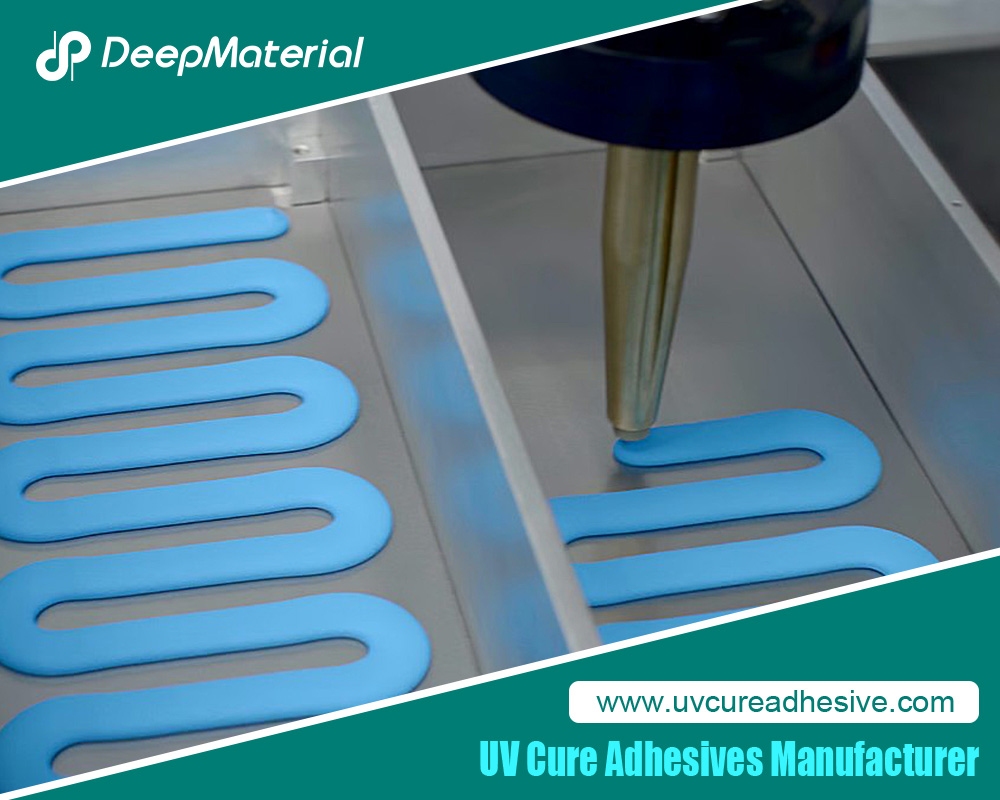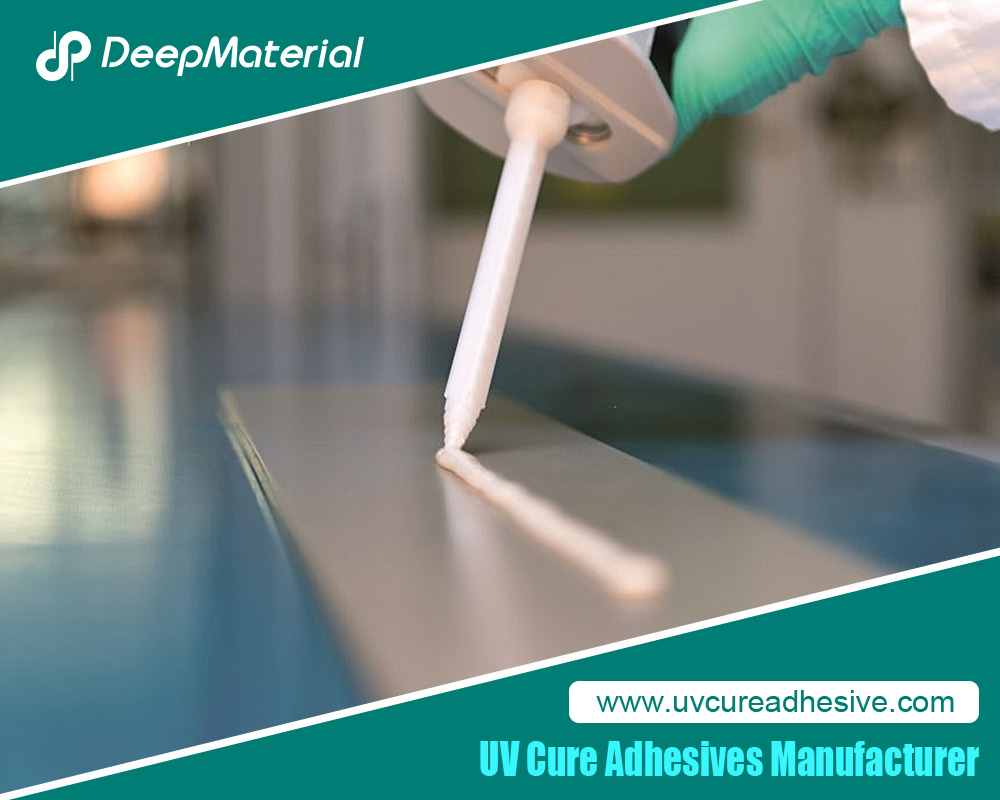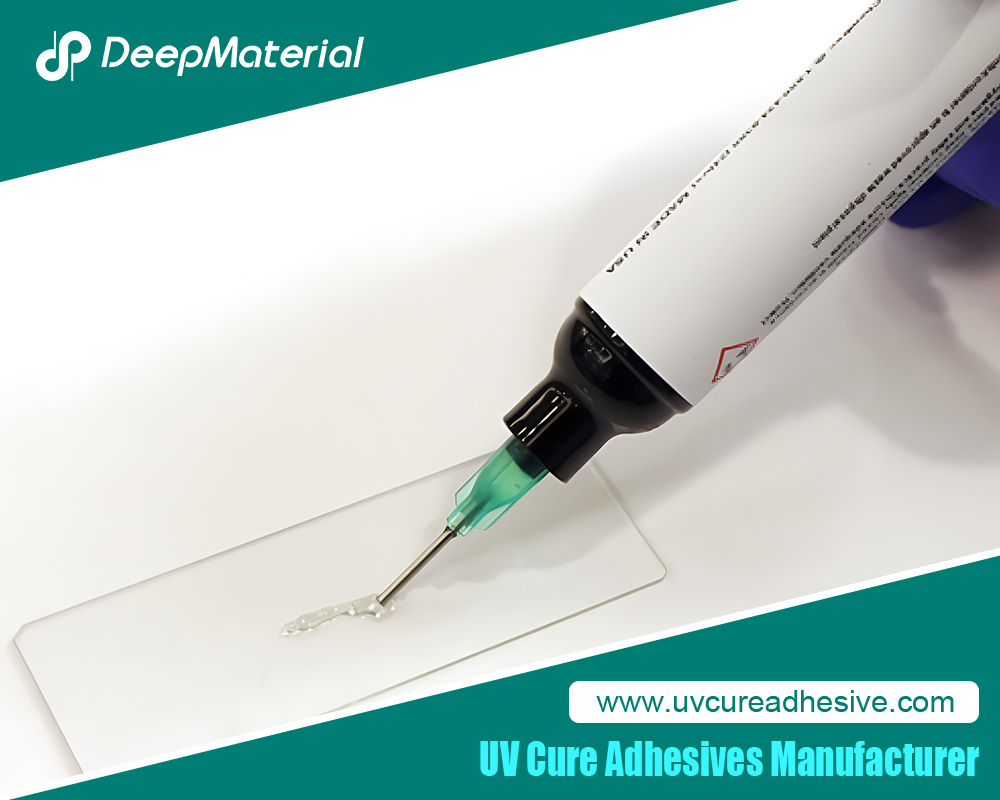Temperature & Corrosion Resistance Test of UV Cure Anaerobic Adhesive
In the fast-paced world of industrial manufacturing, the quest for reliable, efficient, and durable bonding solutions is never-ending. Traditional adhesives, such as epoxies, cyanoacrylates, and solvent-based glues, have long been the go-to options for assembling components in sectors like automotive, electronics, aerospace, and construction. However, these conventional materials often fall short in demanding environments where extreme temperatures, corrosive substances, and rapid production cycles are the norm. Enter UV cure anaerobic adhesives—a revolutionary hybrid technology that combines the speed of ultraviolet (UV) light curing with the reliability of anaerobic curing mechanisms. This dual-cure approach not only addresses the limitations of traditional adhesives but also elevates performance standards, making it a compelling new choice for industrial bonding.
UV cure anaerobic adhesives are single-part, solvent-free formulations that cure rapidly under UV light exposure while also solidifying in the absence of oxygen when in contact with metal surfaces. This unique property allows for precise control over the curing process, ensuring strong bonds even in shadowed or hard-to-reach areas. As industries push for greener, faster, and more resilient materials, these adhesives stand out for their environmental benefits, reduced volatile organic compound (VOC) emissions, and superior resistance to harsh conditions.
This article delves into the intricacies of UV cure anaerobic adhesives, focusing on rigorous testing for temperature and corrosion resistance. Drawing from industry-leading products like Permabond UV7141, Loctite 661, and LOCTITE AA 352, we explore how these adhesives outperform traditional counterparts through empirical data and comparative analysis. By the end, it will be clear why UV cure anaerobic adhesives are not just an alternative but a superior option for modern industrial applications. Whether you’re an engineer optimizing assembly lines or a manufacturer seeking cost-effective durability, this technology promises to transform your bonding strategies.
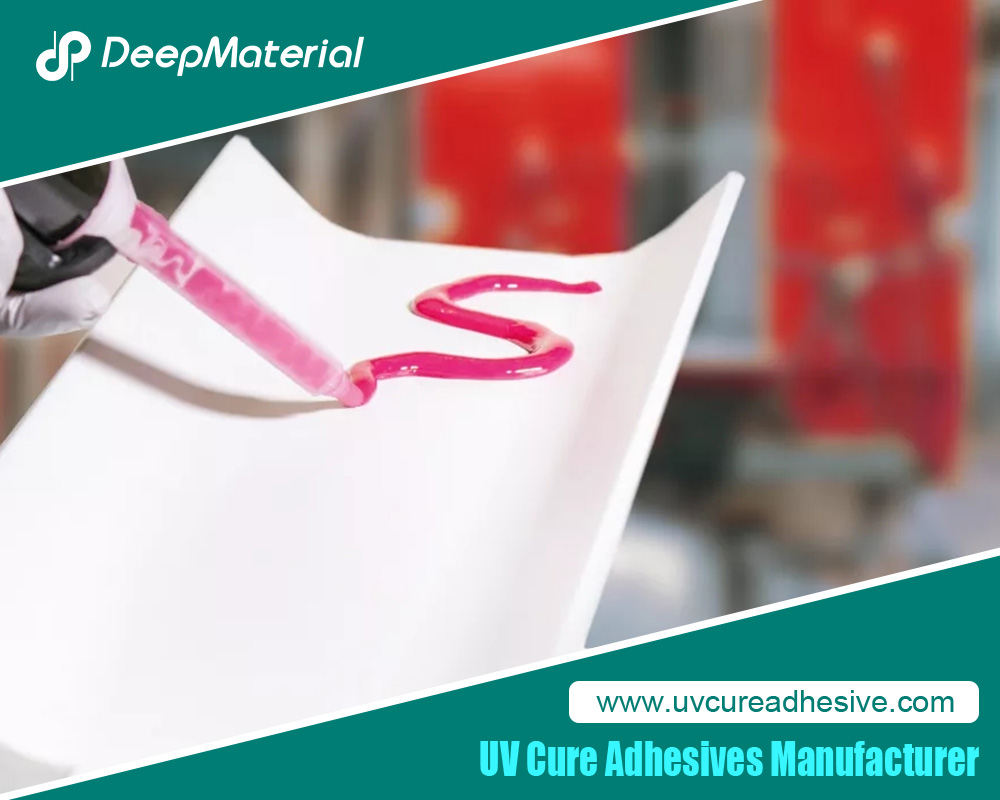
Understanding UV Cure Anaerobic Adhesives
To appreciate the breakthrough nature of UV cure anaerobic adhesives, it’s essential to understand their composition and curing mechanisms. At their core, these adhesives are based on acrylic or methacrylate resins, often enhanced with photoinitiators for UV sensitivity and metal-ion catalysts for anaerobic reactions. Unlike traditional adhesives that rely solely on evaporation, heat, or chemical mixing for curing, UV cure anaerobics offer a dual pathway.
The UV curing aspect involves exposure to ultraviolet light in the 320-400 nm wavelength range, typically from LED or mercury lamps. This triggers free radical polymerization, allowing the adhesive to set in seconds—far quicker than the hours or days required by many epoxies or anaerobics alone. For instance, products like Vitralit UD 4292 F from Panacol cure in mere seconds under UVA or visible light, enabling high-throughput production. The anaerobic component kicks in when oxygen is excluded, such as in tight-fitting joints between metal parts, where metal ions accelerate curing without light.
This hybrid nature solves a common pain point in bonding: incomplete cures in opaque or complex assemblies. Traditional anaerobic adhesives, like standard threadlockers, cure only in airless environments and can take up to 24 hours to reach full strength. In contrast, UV cure versions provide an initial “tack” via light for immediate handling, followed by full anaerobic hardening. Solvent-free and 100% solids, they minimize shrinkage and enhance bond integrity.
From a chemical standpoint, these adhesives exhibit excellent adhesion to substrates like glass, metals, ceramics, and plastics. Hernon’s Ultrabond 736, for example, is formulated for glass-to-glass and glass-to-metal bonding, offering high impact resistance. Polytec PT’s UV-curing options, based on epoxy-acrylate hybrids, provide robust bonds with minimal outgassing, ideal for sensitive electronics.
In terms of environmental impact, UV cure anaerobics outshine solvent-based traditional adhesives by eliminating VOCs, aligning with regulations like REACH and OSHA standards. They also reduce energy consumption in curing processes, as UV lamps are more efficient than ovens used for heat-cure epoxies. Overall, this technology represents a shift toward smarter, more adaptable bonding solutions that cater to the demands of Industry 4.0.
Temperature Resistance Testing: Methodology and Results
One of the most critical performance metrics for industrial adhesives is temperature resistance, as bonded components often endure extreme heat in engines, electronics, or processing equipment. To evaluate UV cure anaerobic adhesives, standardized tests like ASTM D1002 (lap shear strength) and ASTM D3163 (tensile strength) are conducted at varying temperatures. These involve preparing bonded samples, exposing them to controlled thermal cycles, and measuring bond degradation.
In a typical test setup, substrates such as aluminum or steel are bonded using the adhesive, cured under UV light (e.g., 365 nm at 100 mW/cm² for 10-30 seconds), and then subjected to anaerobic post-cure if needed. Samples are then placed in environmental chambers simulating temperatures from -60°C to +200°C, with dwell times of 24-1000 hours to assess long-term stability. Key metrics include shear strength retention, elongation at break, and visual inspection for cracks or delamination.
Results from products like DELO-ML anaerobic UV-curing adhesives demonstrate exceptional performance, maintaining integrity from -60°C to +200°C. For instance, in shear tests, Loctite 661 retains over 80% of its room-temperature strength (typically 20-30 MPa) at 150°C, surpassing many traditional anaerobics that soften above 120°C. Thermal cycling tests (e.g., -40°C to +150°C for 500 cycles) show minimal fatigue, with bond strength dropping less than 10%.
Comparative data highlights superiority: Traditional epoxies might withstand 150°C but require longer cure times and are prone to brittleness at low temperatures. UV cure anaerobics, however, exhibit flexibility due to their acrylic base, preventing cracks in cold environments. In one study, samples exposed to 200°C for 100 hours retained 90% adhesion, attributed to cross-linked polymer networks that resist thermal degradation.
Factors influencing results include substrate preparation—clean, rough surfaces enhance bonding—and cure completeness. Over-curing with UV can sometimes lead to embrittlement, but proper dosing (monitored via fluorescence indicators) mitigates this. Humidity-coupled temperature tests (e.g., 85°C/85% RH) further confirm resilience, with no significant hydrolysis observed, unlike water-sensitive polyurethanes.
These tests underscore how UV cure anaerobic adhesives excel in high-heat applications, offering manufacturers confidence in reliability under thermal stress.
Corrosion Resistance Testing: Methodology and Results
Corrosion poses a silent threat to industrial bonds, leading to failures in marine, chemical processing, and outdoor applications. UV cure anaerobic adhesives are tested for corrosion resistance using methods like ASTM B117 (salt spray), ASTM G85 (acetic acid salt spray), and immersion tests in corrosive media such as acids, bases, or saltwater.
The process begins with bonding metal substrates (e.g., steel to aluminum), curing via UV and anaerobic means, and exposing samples to corrosive environments. For salt spray tests, specimens are placed in a fog chamber with 5% NaCl solution at 35°C for durations up to 1000 hours. Post-exposure, bonds are evaluated for rust formation, bond strength loss, and surface degradation using microscopy and pull-off tests.
Findings reveal impressive performance. LOCTITE AA 352, a UV/heat/activator-cure acrylic, shows excellent resistance to humidity and chemicals, with no corrosion after 500 hours in salt spray. This is due to its impermeable cured matrix that acts as a barrier against oxygen and moisture, preventing oxidative corrosion. In immersion tests with 10% HCl or NaOH, bond strength retention exceeds 85% after 168 hours, far better than traditional anaerobics that may absorb corrosives.
Kinetic studies on curing, such as those using differential scanning calorimetry (DSC) on copper and iron substrates, indicate faster cure rates on active metals, enhancing corrosion protection by sealing joints quickly. UV5141 from Gluditec, designed for electronics, demonstrates superior resistance in humid corrosive atmospheres, maintaining electrical insulation.
Compared to solvent-based adhesives, which can evaporate and leave voids susceptible to corrosion, UV cure anaerobics form dense, void-free bonds. Threebond TB3001C offers durability against oils and solvents, ideal for automotive parts. Long-term tests (e.g., 2000 hours) show minimal pitting, attributing to chemical inertness.
These results affirm that UV cure anaerobic adhesives provide robust corrosion barriers, extending component lifespans in aggressive environments.
Comparative Analysis: Surpassing Traditional Adhesives
When pitted against traditional adhesives, UV cure anaerobics shine in multiple dimensions. Cure time is a prime differentiator: Traditional anaerobics take 1-24 hours, while UV hybrids set in seconds under light, boosting productivity. Strength-wise, they match or exceed epoxies (20-40 MPa shear) but with better flexibility.
| Aspect | UV Cure Anaerobic | Traditional Anaerobic | Epoxy | Solvent-Based |
| Cure Time | Seconds (UV) + hours (anaerobic) | 1-24 hours | 1-48 hours | Minutes to hours |
| Temp Resistance | -60°C to +200°C | -50°C to +150°C | -40°C to +180°C | -20°C to +100°C |
| Corrosion Resistance | Excellent (barrier effect) | Good | Moderate | Poor (VOCs) |
| Environmental Impact | Low VOCs, solvent-free | Low | Moderate | High VOCs |
| Applications | Electronics, automotive | Threadlocking | Structural | General |
As shown, UV versions offer broader temperature ranges and superior corrosion protection.
galindberg.se Cost savings arise from reduced waste and energy use, though initial UV equipment investment is needed.
Industrial Applications and Case Studies
In practice, UV cure anaerobic adhesives thrive in diverse sectors. In automotive, they bond engine components resisting heat and fluids. Electronics benefit from potting in devices like sensors, where Hernon’s solutions prevent moisture ingress. Medical devices use them for sterile assembly, as in Dymax formulations.
A case study from aerospace: Bonding ceramic-coated mirrors with Permabond UV7141 endured vibration and thermal shocks without failure. In construction, they seal glass-metal joints against weathering.
Future prospects include integration with automation for even faster lines.
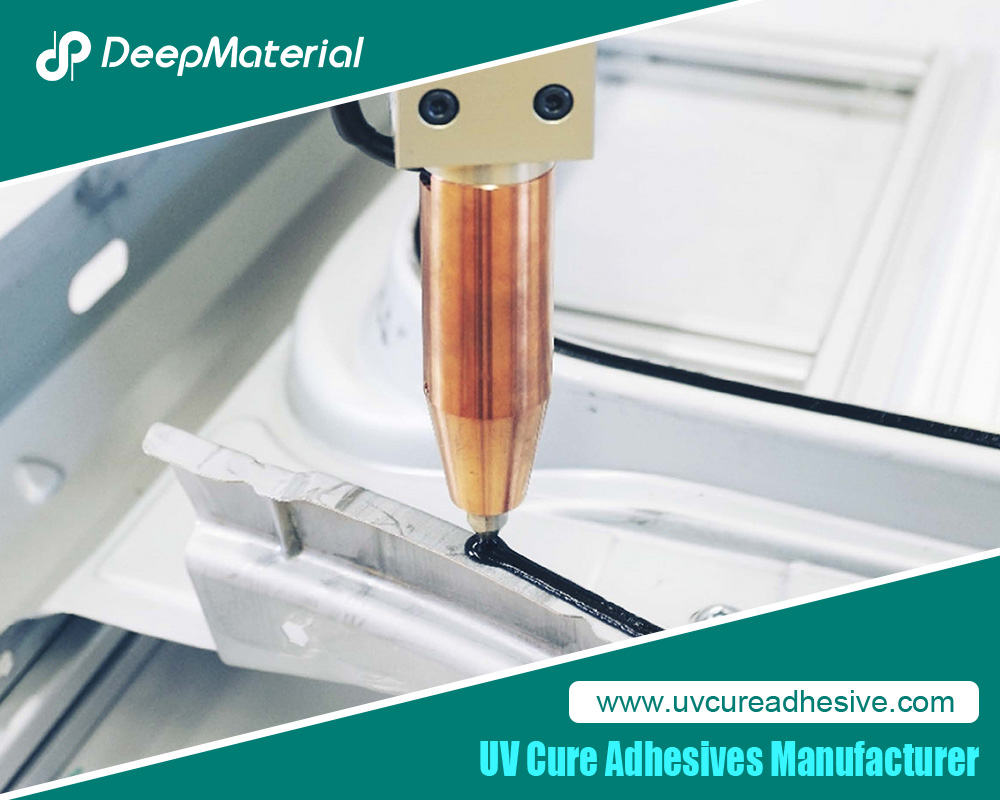
Conclusion
UV cure anaerobic adhesives represent a paradigm shift in industrial bonding, with temperature and corrosion resistance tests proving their supremacy over traditional options. Offering rapid curing, environmental advantages, and unmatched durability, they empower industries to innovate confidently. As adoption grows, this technology will undoubtedly become the standard, heralding a new era of efficient, resilient manufacturing.
For more about temperature & corrosion resistance test of UV cure anaerobic adhesive, you can pay a visit to DeepMaterial at https://www.uvcureadhesive.com/ for more info.

